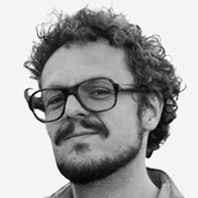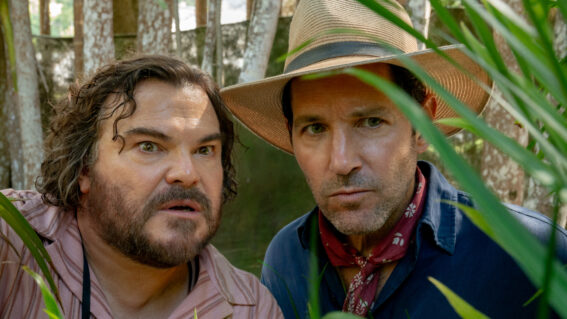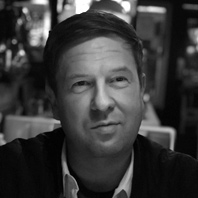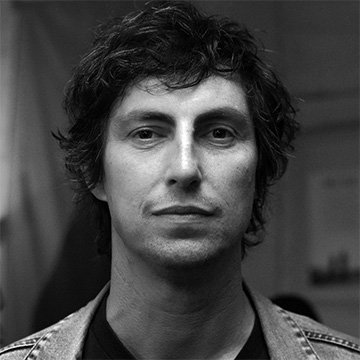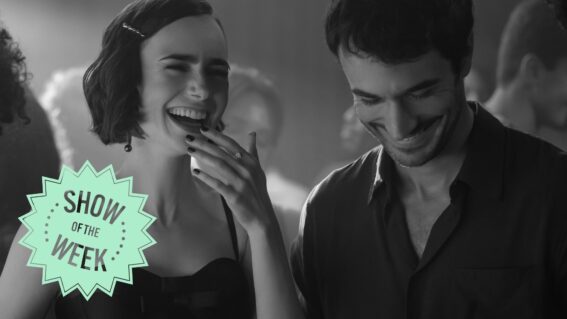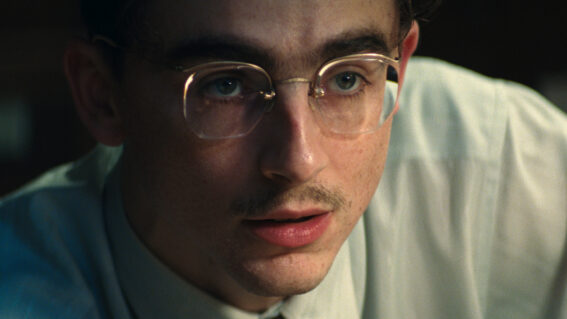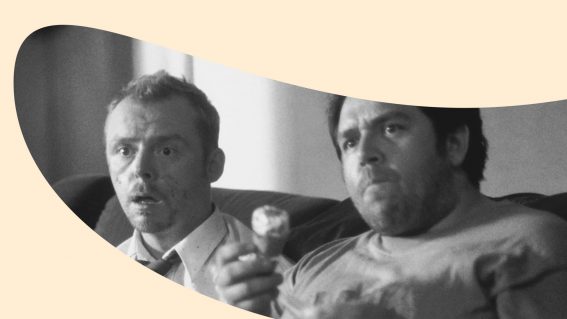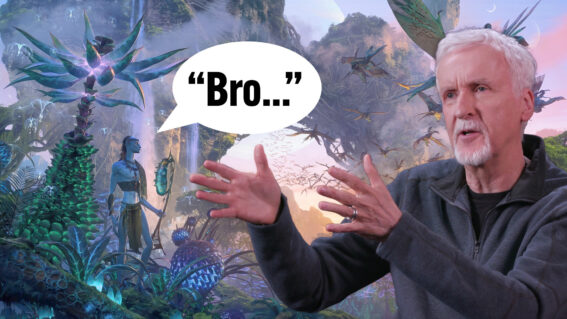Deaf President Now! is testament to the power of collective action
Powerful and passionate, this AppleTV+ doco tells the story of deaf students toppling systemic exclusion.
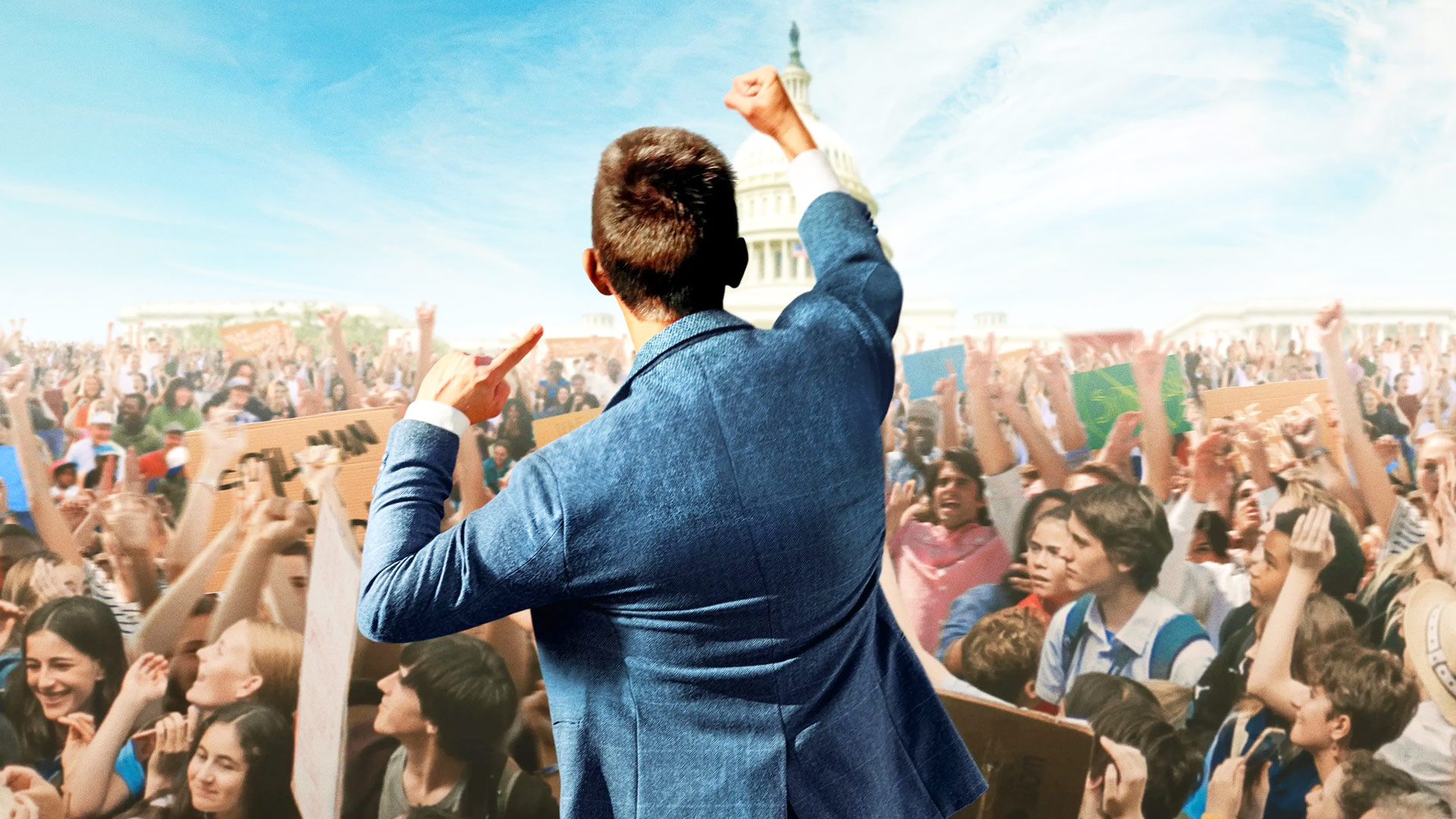
Deaf President Now! is a cracking documentary that, as Luke Buckmaster explains, pulses with the spirit of change, reminding us of the power of protest.
There are scenes in Deaf President Now! that tremble and pulsate with a very exciting energy—signalling the need for progress, the power of protest, the power of people. My experiences as a climate activist have made me acutely aware of how many people bleat variations of the following line: that it’s OK to protest, in fact protesting is a civil right, dontcha know, just don’t inconvenience people, stick to the sidewalk, don’t get carried away…
This very engaging documentary about a calamitous week for Gallaudet University in 1988—which became a historically significant period for activism around the world—reminds us that disruption is the very point of protesting. Co-directors Nyle DiMarco and Davis Guggenheim unpack a great story about a community fighting tooth and nail for a common cause, toppling the powers that be, and perhaps even crossing a threshold—from protest into revolution.
Gallaudet is the world’s first deaf university, a treasured institution described by one of the film’s subjects—without sounding hyperbolic—as “the one place in the world where deaf people can be deaf.” It’s not hard to understand why deaf students would want a deaf university president, but, in 1988, after 124 years of the school’s existence, only hearing presidents had ever been appointed. The time was ripe for change: a new era, the turning of a page.
The students’ wishes could not have been clearer; they rowdily demonstrated outside the building where board trustees were making their decision. But the appointment of a deaf president was no fait accompli: in fact, another hearing president was appointed. And that’s when all hell broke loose.
An opening text insert states that Deaf President Now! “takes place during one week in the spring of 1988.” Which isn’t strictly true, given the presence of present-day interviewee subjects—Bridgetta Bourne-Firl, Jerry Covell, Greg Hlibok and Tim Rarus—who reminisce about their role in the protests and divulge all sorts of colour and detail. The common documentary term “talking heads” needs some adjustment: perhaps we can call them signing heads. Or just signers.
Early in the film, one interviewees asks a question I’m pretty sure I’ve never heard in a doco before: “what’s the microphone for?” This is the beginning of various insights, small and large, that could only come from inside the deaf community, subtly reiterating the core point of the protestors: that representation and inclusion matters.
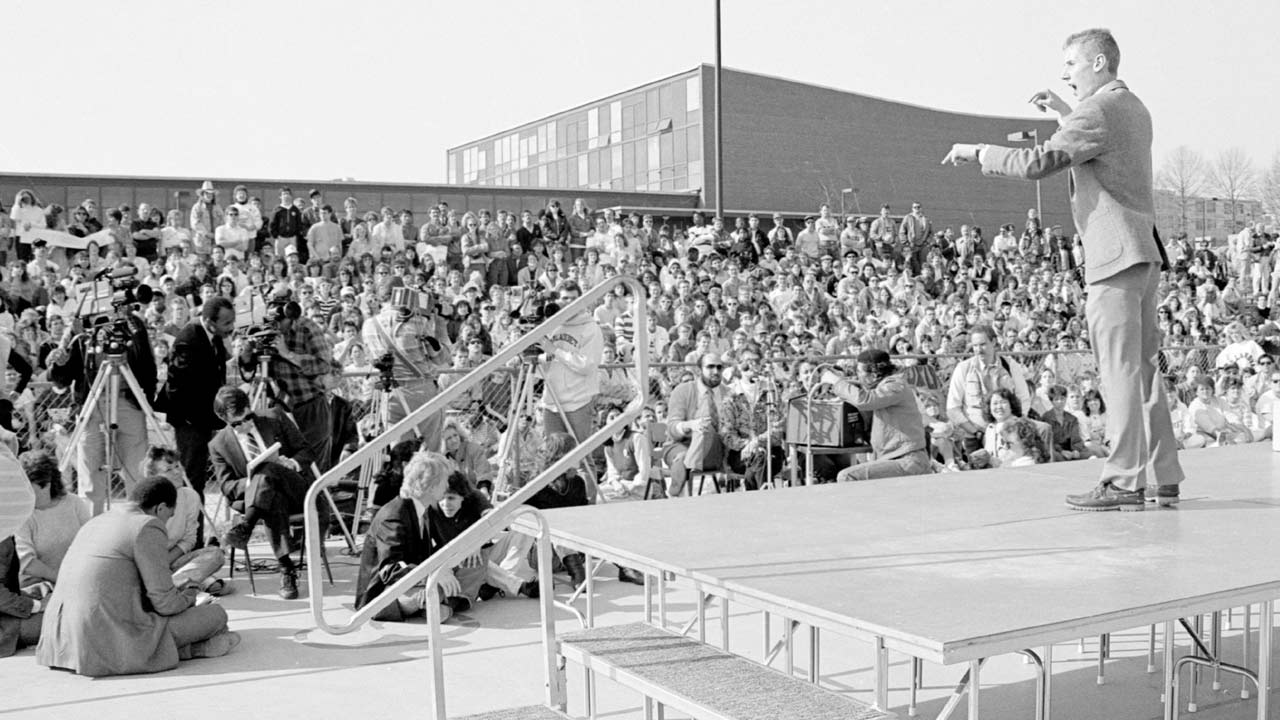
We see footage of Gallaudet students marching, arms linked, towards the hotel where they knew the board was meeting to discuss their new appointment. It’s the kind of image that never ceases to rouse: a visual shorthand for unity and strength in numbers. Once they arrive, they make a hell of a ruckus. One of the key activists, Bourne-Firl, reflects how she felt that the crowd needed structure and organisation, contributing a curious explanation of how she delivered this.
“I am totally deaf,” she says. “But I have rhythm in me.” Bourne-Firl helped to literally “keep everybody on the same beat,” essentially through synchronized body movement—somewhere between chanting and dancing. Moments like these help illuminate a different way of living, a different way of being, challenging the hegemony of an ableist world that so often views human existence through a narrow and exclusionary prism.
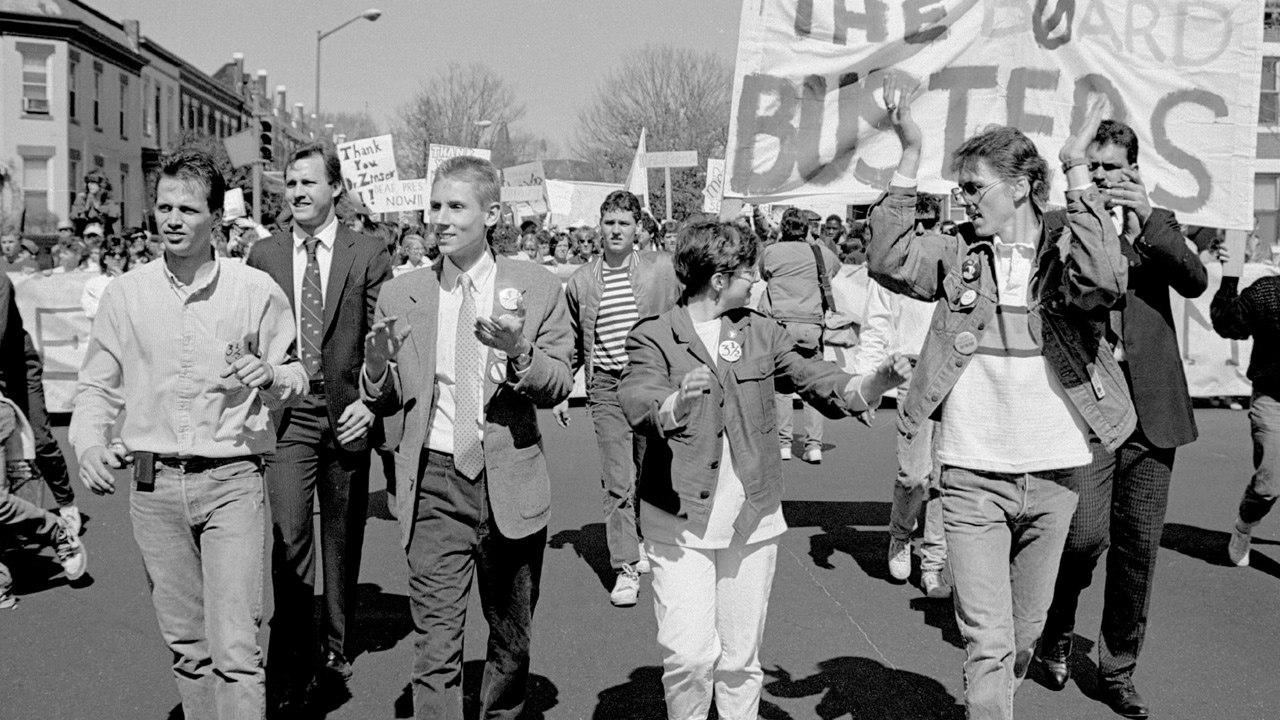
DiMarco (an actor and deaf activist) and Guggenheim (who made his mark with An Inconvenient Truth) broaden out into other historical talking and turning points, for instance briefly summarising the problematic ideas of Alexander Graham Bell. The great inventor and scientist was a leading proponent of oralism (insisting deaf people speak and lip read) and seemed to view deafness as a problem to fix. Some of his statements are pretty whacked-out—for instance his argument that deaf people can’t understand words, and without words, there “can be no thoughts, only feelings, with nothing to join them together.” Hang on, deaf people have no thoughts?!
Perhaps it’s best to view progressing from this kind of brutally archaic and narrow-minded thinking as a historical continuum: a never-ending process of learning and readjustment. One day we’ll no doubt look back on aspects of present society and cringe, wondering how we got it so wrong. We should never, as this documentary rightly implies, view societal and institutional change as inevitable: it is fought for and surrendered. Sometimes, as is the case here, with an almighty roar.
